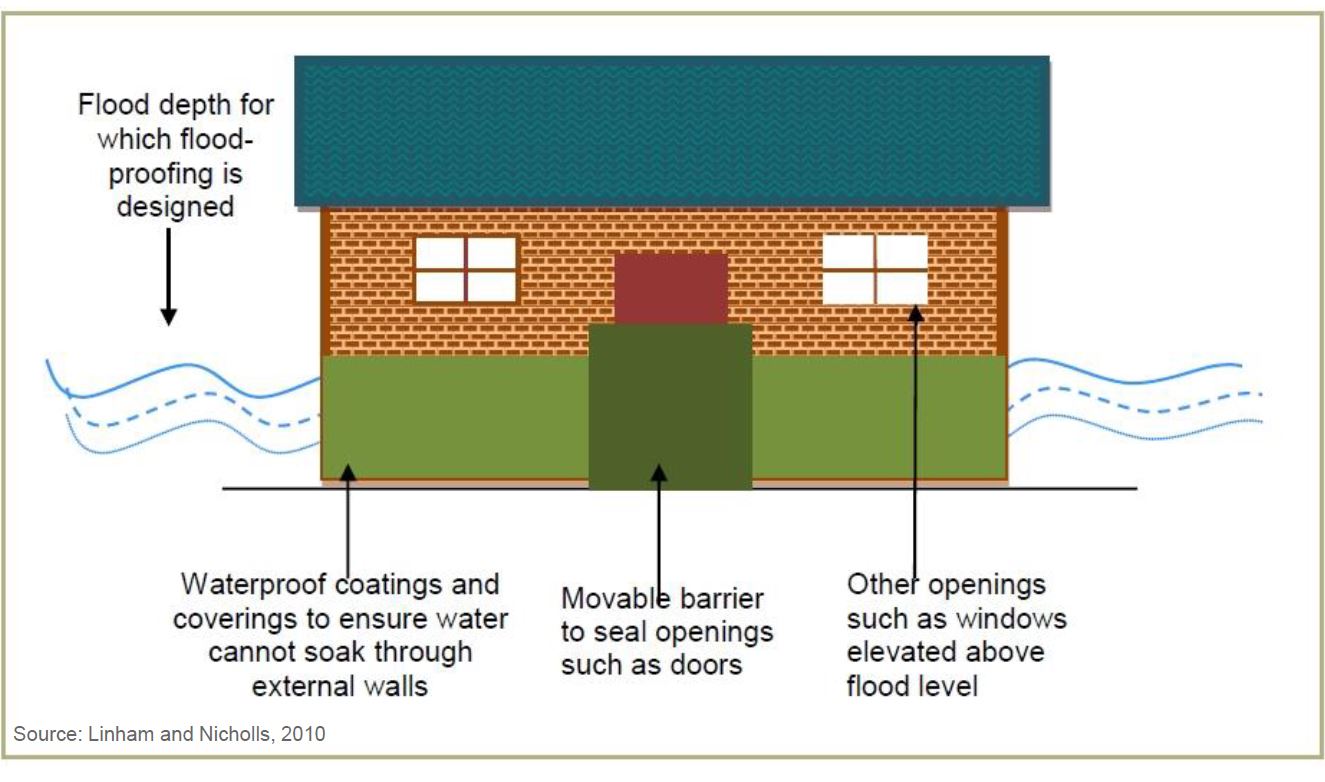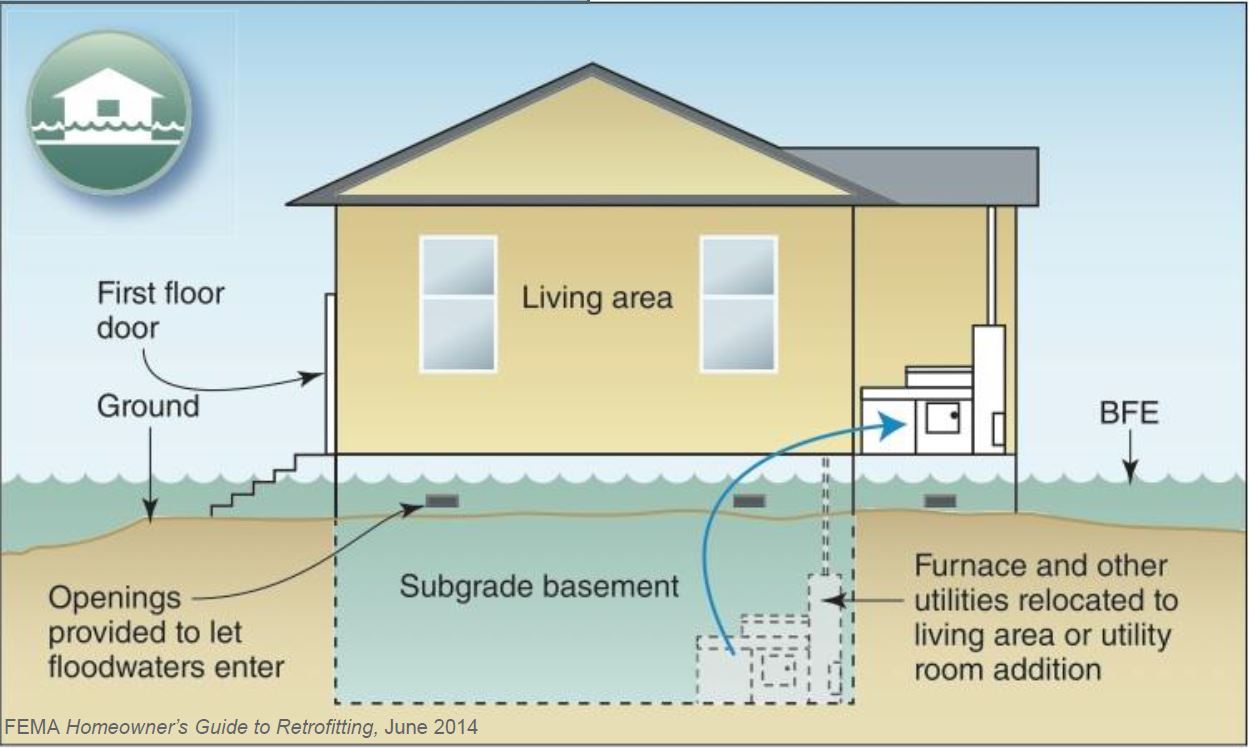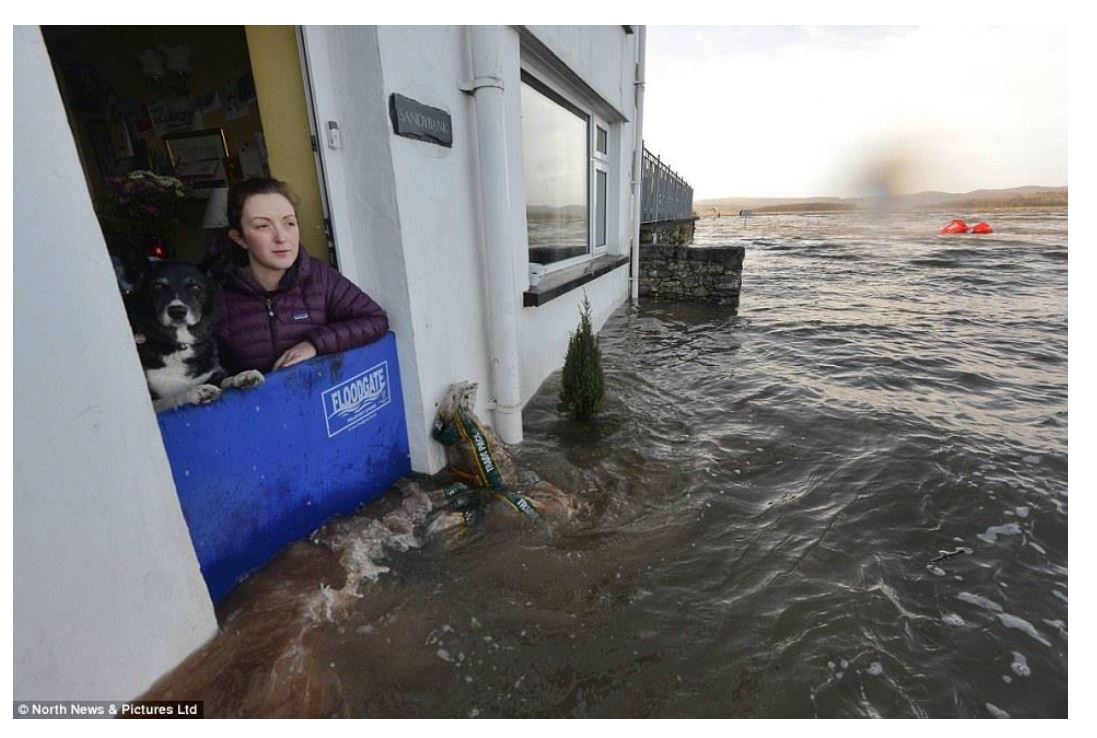Project Summary
The Southeastern Connecticut Council of Governments (SCCOG) conducted an assessment of 18 community facilities located in or near flood zones that are critical for ongoing public services, including fire and police stations, town halls, and departments of public works. The assessment identifies the risks to properties and service continuation from flooding, wind damage, and snow loads now and over the next several decades. For each site, the assessment recommends appropriate flood prevention measures, potentially including relocation, site modifications such as flood walls, flood proofing, and elevation of utilities. This CIRCA funded project was a recommendation of the region’s 2012 Multi-Jurisdictional Hazard Mitigation Plan. Results will help municipalities incorporate resilience planning into funding priorities. This Municipal Resilience Grant award was for the amount of $30,000.
Products
SCCOG Critical Facilities Final Report
SCCOG Critical Facilities Assessment 2017 Poster
Project Description
Coastal southeastern Connecticut faces real threats to critical facilities from increased flooding and sea level rise and capital planning must address these threats over the coming decades. When SCCOG adopted its Multi-Jurisdictional Hazard Mitigation Plan Update in 2012, detailed information about particular vulnerabilities of critical facilities was generally not available. The Plan noted the likelihood of more frequent flooding due to sea level rise, but did not identify facilities that would be at greater future risk and recommendations indicated that further assessment was needed to direct actions. This assessment studies a subset of all critical facilities: fire stations, police stations, public works facilities, and town halls—facilities that are under the purview of municipal governments and in or very near flood zones that could be adequately assessed given available funding.
While several of the facilities suffered flood damage before, the majority of sites located in flood zones have not been impacted by flood events in the recent past. It was therefore critical for this project to document potential risks and make site managers and municipal leadership aware of those risks and action steps that could potentially prevent damage and interruption of services. Each facility was assessed for its vulnerability to damage from flooding, winds, and snow loads, now and over the coming decades. FEMA elevation certificates were prepared for 15 of the 18 sites.
SCCOG identified a process for conducting its Critical Facilities Assessment that includes:
• Brief managers on process, and collect additional information
• Conduct site survey
• Conduct survey of building components
• Review assessment findings
• Complete final assessment.
A summary of results of the site assessments is displayed in Figure 2 of their final report. Five of the properties were recommended for relocation of services to less vulnerable sites in the long term (20+ years). Flood proofing measures were recommended for the other sites to enable the provision of services despite ongoing flood risks. Approaches to reducing damage from wind and snow were generally the same for all sites: remove materials on site that could become wind-borne debris, consider upgrading roofs to meet higher wind standards when roofs are due for replacement, and develop clear procedures for removal of snow following heavy snowstorms. This new assessment information is now incorporated into the region’s updated Multi Jurisdictional Hazard Mitigation Plan. In addition to providing these recommendations, the report identifies a number of key questions for future assessments that should be considered to determine the best path to flood resilience.
SCCOG’s Critical Facilities Assessment directly contributes to the CIRCA mission by encouraging municipalities to protect public services from existing and future threats, while providing them with specific guidance on risks and solutions.
Project Team Members
Amanda Kennedy, Southeastern Connecticut Council of Governments
David Murphy, Milone and MacBroom

Dry Floodproofing

Wet Floodproofing

Barriers at Openings